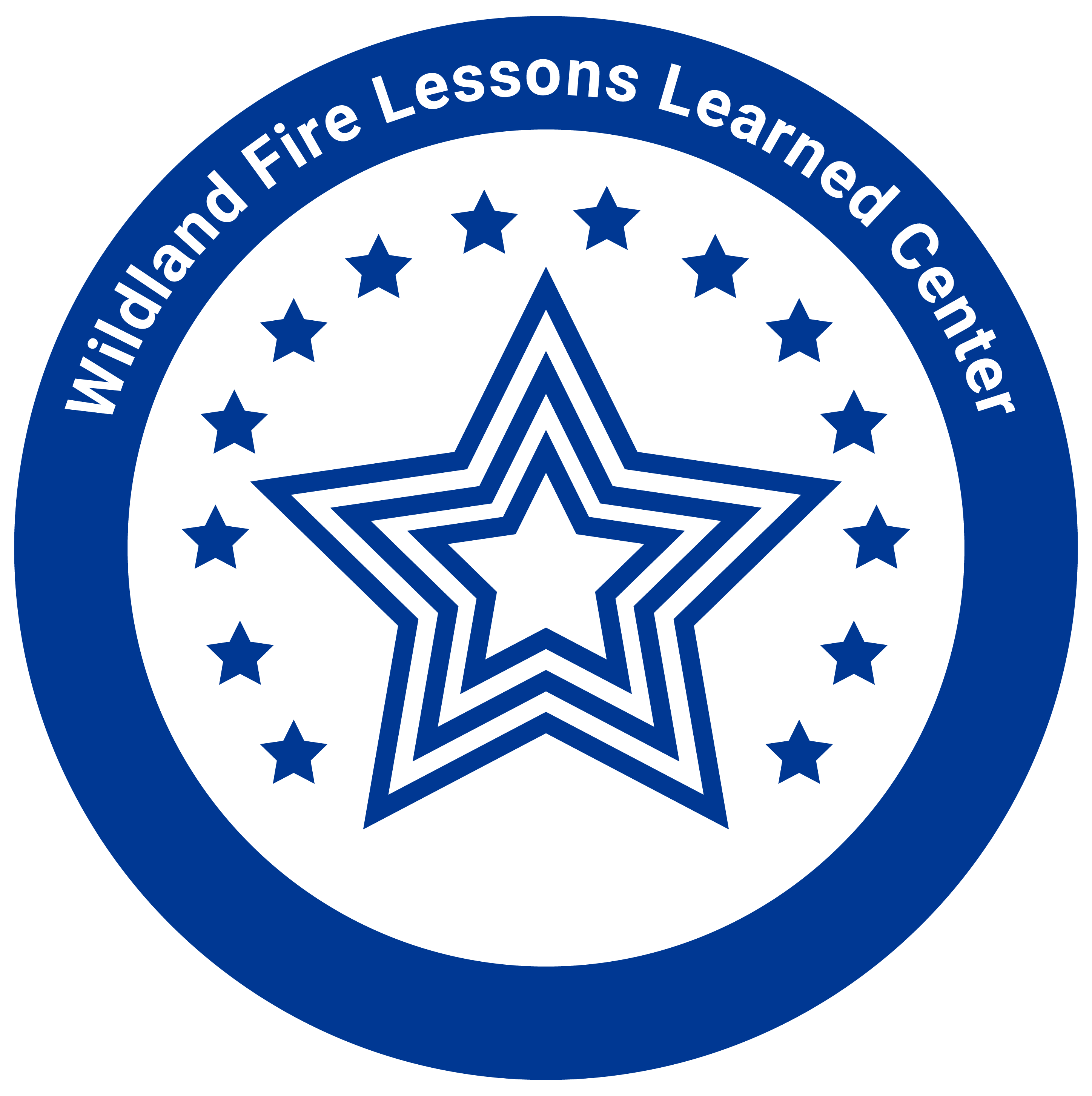The Likelihood of Learning from Incidents
This is from Learning in the Wildland Fire Service.
Adults have had a great deal of previous learning, comprised of formal education, training, culture, reading, and life experience. Based on this prior learning, adult learners formulate assumptions about the world. Their assumptions can either help or hinder the learning of new material.
Learning new concepts is more difficult for students whose assumptions differ from what is being taught. Adults enter the learning environment with a wide range of experiences. The older the learners, the more experience they have and the more varied the group—some good, some bad. A more experienced learner may have a learned skill that needs to be corrected to meet agency or local policy (such as a new hire from the logging industry on starting and use of a chainsaw).
People attach more meaning to what they gain from experience than what they acquire passively. Thus, during the instructional process, it is critical that teachers and curriculum designers consider and make use of student experiences.
As lessons from past fires and incidents are passed on through training and education, those people most closely affected by incidents are most likely to learn from them.
The likelihood of a lesson influencing our behavior is greatly increased by how personal the source of the lesson is. We strive to increase the likelihood of learning for those farther removed through personalizing learning experiences.
The “Bull’s Eye” chart (shown below) developed by the Wildland Fire Lessons Learned Center plots the likelihood of learning from past events. The likelihood of learning diminishes as we move out from the center.

We seek opportunities to move Firefighter “X” closer to the Bull’s Eye through impactful connection.
Simulations and staff rides often have the power to personalize events and lessons to create a connection with the lessons available. These efforts help to move “Firefighter X” closer to the bull’s eye.
We must create personal connections to increase the likelihood of “Firefighter X” learning from an incident or accident. We must capitalize on those with an existing connection to pass on lessons.

